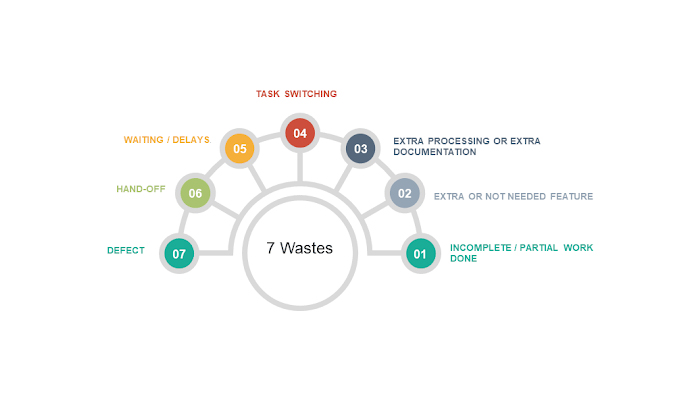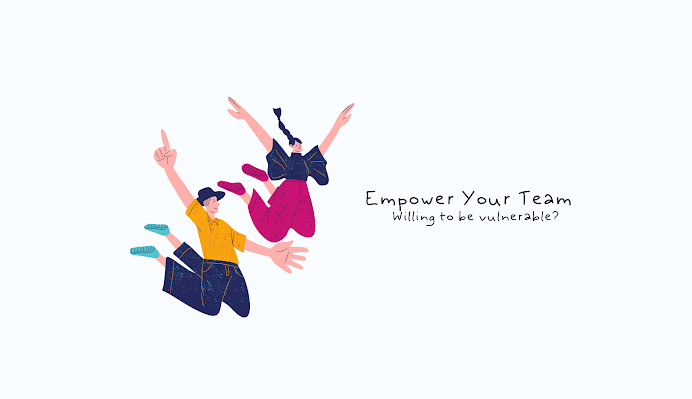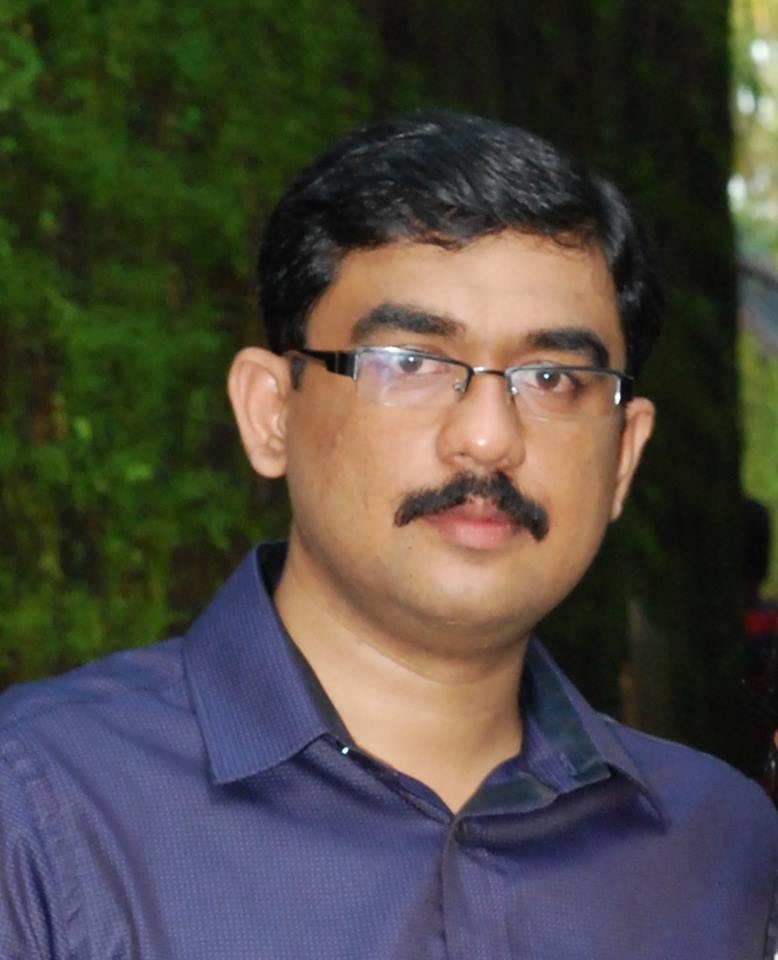Lean has shown to be among the best in the rapidly evolving world of software development. Lean Software Development (LSD) adapts to the company’s evolving expectations and produces the best product that is well-matched and a great fit.
During the development process, the lean approach can significantly reduce implementation time, budgets, and failure rates.
The lean concept has been present for a while; however, it has only recently found traction in the service business. In healthcare institutions, banks, and tech firms.
Several application development firms now use lean software development to manage and accomplish all their tasks.
Lean is also making impacts in a variety of fields or sectors, especially for startup businesses. Startup failure rates can reach 90%, with 35% of errors due to misunderstanding market needs and the remaining 20% due to unforeseen competition.
This article provides a complete overview of Lean Software Development, including its history, the key principles, and advantages and disadvantages.
What is Lean Software Development (LSD)?
Lean Software Development is an agile framework that focuses on reducing production funds and efforts, reducing waste, and providing just what the company requires.
The lean methodology is also known as the Minimum Viable Product (MVP) strategy, whereby a company publishes a bare-bones foundation of the solution possible, learns from consumers what they prefer, dislike, and wish to see improved, and then repeats the process relying primarily on this input.
MVP Strategy – Image Source: CleverTap
Toyota Production System is credited with inspiring the lean development methodology, which aims to optimize production while minimizing waste. Several other production teams adopted the same concept after witnessing Toyota’s lean technique.
The lean approach is only now being implemented in service sectors and information technology, whereby the waste could be laborious, costly, redundant practices, repetitive work, as well as other non-value-added operations.
The fundamental principle here is value: by removing waste, one only preserves what adds value.
Lean Software Development applies lean production approaches to software development via many fundamental principles, which we will cover in this article, with the goal of eliminating waste and risks while enhancing customer satisfaction.
The principles are broadly comparable to those of Agile software development. In fact, some consider the two technologies to be intertwined. Some argue that the lean strategic plan is more effective.
History of Lean Software Development?
Lean Software Development derives its idea from the industrial sector, which pioneered the lean development process as a means of optimizing industrial production and assembling lines to reduce waste and enhance customer satisfaction.
This revolutionary approach was not recognized as lean software development in its early stages. The “Toyota production system” was the name given to it. As perplexing as the Toyota production system may appear, its origins date back to the mid-twentieth century.
Toyota was having major issues with product delivery at the time. Since its manufacturing lines were too extensive, the company was unable to provide the required levels of products on time.
The Japanese motor corporation needed a whole new project management system. This dilemma was solved by the company’s executives.
They developed a new project management approach known as the Toyota production system. Its basic concept was to enhance product delivery terms by eliminating waste.
It enabled the company to shorten its production lines and produce finished products more quickly. Toyota’s manufacturing system developed a clear and effective waste strategy.
Toyota deemed any activity that did not explicitly contribute to the assembly of an automobile to be waste, and it was removed from the production chain.
After realizing how Toyota’s lean strategy improved efficacy, scheduling and resource management, and consumer satisfaction, many other production companies began to follow after.
With the publication of the book “Lean Software Development: An Agile Toolkit” in 2003, the LSD concept was first implemented in the development of software.
Principles of Lean Software Development
There are seven sets of LSD principles that, when implemented, result in more effective and consistent product lines.
LSD Principles – Image Source: Medium
LSD principles aid in testing software development processes and minimize the likelihood of failure. The application of these tools or approaches can differ based on aspects like the type of software to be developed, project partners and staff, the timescale, and so on.
Software development, like any other industrial production, includes the following steps:
- Specific quality criteria are required.
- It is an iterative process.
- It is dependent on the participation of a team of experienced personnel.
Nevertheless, industrial production is concerned with the creation of physical items, whereas software development is concerned with the creation of a system or application within the developer’s imagination.
The following are the main LSD principles:
1. Eliminate Waste
LSD aims to remove waste, which is defined as any processing activity that adds no value to the end product delivery. Developers should stress since their development waste will never end.
Waste in software development is defined as everything that does not provide any corporate value to the consumer, does not increase the integrity of the application being built, and does not shorten the development’s delivery timeframe.
When it comes to a more precise definition of waste, this is what we spend a fortune on yet make no return.
Unwanted programs, codes, and superfluous functions which don’t bring any benefits to the consumer or the corporation but demand room for research, implementation, debugging, and documentation are some examples of software development waste.
Waste can, however, be in numerous forms, and it is not always tied to the various steps of your operation.
Wastes of Software Development – Image Source: Quora
The common lean wastes include:
- Incomplete user requirements
- Delays caused by bugs or other system obstacles
- Excessive production
- Transportation, which involves frequent task handoffs among developers.
- Bad code that necessitates reworking
- Environment change between coding tasks
LSD teams visualize their workflows to remove the waste we’ve covered above.
The goal is to outline the complete value delivery flow from conception to completion and identify steps that add no benefit.
When completed, the aim is to remove those steps and, as a result, accelerate operational efficiency and productivity.
2. Amplify Learning
This principle focuses on knowledge creation throughout the workflow, which is critical for increasing customer satisfaction.
LSD teams strive to foster a culture of knowledge collaboration. This is accomplished through activities such as pair programming, knowledge exchange sessions, peer evaluations, and so on.
A diverse set of talents is required for the organization to design software that will provide economic value to the client. The organization must gather knowledge and communicate it, for instance, at the end of each iteration through an evaluation.
Most of the newfound knowledge will be technological, while some will be labeled as non-functional. For instance, learning what a potential customer truly wants rather than what developers anticipate.
As a result, the organization must continuously grow as well as amass expertise. The above allows the organization to avoid unforeseen situations.
This LSD principle also pertains to the process of building frequent feedback mechanisms, and these might be both internal and external in nature.
The goal is to use this insight to avoid future difficulties and provide higher service to the consumer.
3. Defer Decision
“Deferring commitment means waiting until the last responsible moment to make a decision,” according to O’Reilly Media. “It might be easier if we rephrase it this way: Defer critical decisions. Deferring all decisions is not practical or useful.”
This is specifically related to choices that can have a substantial influence on the success of the project.
Changes can happen quickly in a volatile context like software development, and this can lead to erroneous choices on which project plan to start or which product to focus on in the future.
It may also lead to a lack of knowledge of the assigned task. This results in reworks and inefficiency in the workflow.
But we all know the effects of inefficient processes!
Thus all choices must be backed by relevant data and process monitoring outcomes. If not, then the organization risks becoming engrossed in too many modifications and losing sight of the project’s primary goal.
To eliminate waste, LSD teams postpone dedicated tasks to starting new tasks, allowing them to maintain their agility to respond to changes for as long as necessary.
The assumption is that by the moment the task becomes important, teams will have learned more regarding the task, allowing them to manage risks and lower the possibility of reworks.
Prior to beginning the actual task, this can be accomplished through experiments with various methodologies, technologies, and so on.
The longer you take to come to a conclusion, the greater your skills and comprehension, plus the less likely you will have to rework afterward.
4. Deliver as Fast as Possible
This LSD principle is concerned with increasing market performance by delivering MVPs instead of fully effective systems.
The sooner you present the client your preliminary works, the quicker you will get his comments, and therefore he will acquire the final product with the appropriate modifications much faster.
An intriguing marketing process that went into development in a matter of months may eventually show to be absolutely obsolete. However, if it was published within one or two weeks, it could be advantageous to the client.
Thus, instead of attempting to get everything flawless on the go, developers should deploy a component or a product that is simply good and sufficient.
This is significant because offering something useful to the consumer creates a feedback mechanism that organizations can use to understand clients’ needs better. This approach allows them to avoid wasting resources on something that no one desires.
Additionally, the notion of producing as fast as possible enables developers to benefit from their MVPs before competing companies. It enables companies to tailor future iterations of their service to market demands and optimize their total Return on Investment (ROI).
5. Build Quality In
An LSD principle that stresses and facilitates ongoing assessment of a given system across the manufacturing cycle is integrating quality into a system.
Right now, we all know that Lean Software Development is all about reducing waste – while not reducing quality.
Test Driven Development (TDD) is frequently used by developers to analyze the code before it is developed.
TDD Concept – Image Source: Guru99
Quality can also be acquired through receiving continuous input from colleagues and project supervisors.
A Quality Control process towards the conclusion of the development phase is a waste. Usually, quality assurance is rarely reviewed until later phases of a project, which can cause numerous issues.
It hinders a team’s ability to receive key insights into their system. It also wastes time due to inconsistency in the system since when development is underway, quality control may be inactive for an extended period of time, and vice versa.
Not to forget that when quality is reviewed after the solution is completed, there is a substantial danger of discovering serious flaws that necessitate significant reworks.
As a result, LSD focuses on Quality Assurance rather than Quality Control. The goal is to make sure that a program solution is routinely reviewed.
6. Empower the Team
Unlike standard software development approaches, and akin to Agile development, the LSD approach seeks to empower instead of directing developing teams.
The idea is to provide designers and developers with adequate independence and flexibility to make autonomous choices while avoiding vulnerability.
Empower the Team Concept – Image Source: TechTello
Respect for the team is central to lean and entails creating a working atmosphere in which employees feel appreciated.
This principle highlights the necessity of securely allowing individuals to discuss their emotions and opinions. The idea is to acknowledge that employees are the organization’s most significant asset.
As a result, managers or supervisors must demonstrate compassion, motivate employees to communicate their thoughts on work procedures or difficulties, and solicit their feedback while making choices.
Thus, when it comes to respecting the team, which, as mentioned above, refers to empowering people to make local decisions regarding their work, managers should also involve team members in the development of a collective objective.
This strategy empowers them and helps to boost team spirit.
7. Optimize the Whole
The final principle enables firms to find solutions by evaluating the effectiveness of an entire system rather than simply individual components.
The basic mechanism for resolving difficulties is dividing them into smaller dilemmas and continually eliminating their development risks.
However, in order to identify the source of the problem, the organization must have a thorough awareness of the present development phase, as well as the idea and goal of the software being created.
Lean considers firms to be systems composed of one or perhaps more value chains that include interconnected activities such as innovation, sales, and marketing.
As a result, optimizations must be oriented toward the entire value chain in order to provide the best available benefits to clients and identify and rectify errors in product delivery.
To accomplish this, Lean Software Development crews begin by analyzing the flow of value.
In reality, this might be accomplished by showing several teams’ processes on a linked Kanban board (“An agile project management tool designed to help visualize work, limit work-in-progress, and maximize efficiency or flow”).
Therefore, they can encounter obstacles and seek solutions to problems in their operations.
Advantages and Disadvantages of Lean Software Development
After reviewing what is Lean Software Development, its history, and its principles, below is a list of advantages and disadvantages:
Advantages of LSD
1. Eliminates Waste
Waste removal improves the overall productivity of the development phase. This approach, in turn, accelerates the software development life cycle, reducing project effort and financial resources.
This is critical in today’s world. Anything that allows organizations to complete more tasks in the same amount of time will be successful.
2. Delivers the Projects on Time
Having the product delivered on time is a distinct benefit, and it implies your project team can create more features in less time, allowing you to complete more tasks. It will impress not only your financial department but also your clients.
3. Empowers the Project and Development Team
Empowering the project or development teams aid in the growth of team members’ decision-making abilities, resulting in a positive environment and a motivated workforce.
This advantage cannot be emphasized enough.
Nothing irritates developers as much as being watched like a hawk and getting choices made for them. This allows them to decide how to best enhance the functionality, which normally leads to a far superior final product.
4. Lean Software Development Builds Quality
Quality is assured by agile engineering, quick evaluation of iteration phases, improved efficiency between program development phases, and periodic scheduling considerations.
5. Amplifies Knowledge
Through iterations, instant analysis of codes emphasizes and amplifies the insights. Pair programming is recommended to avoid single software developer knowledge accumulation.
Manual testing or review codes, conferences, comments, and optimization all help to accelerate the learning experience.
Disadvantages of LSD
1. Comprehensive Documentation
LSD is a step-by-step procedure that uses comprehensive, reliable information or precise figures at each stage. As a result, it is critical that each step be meticulously documented or recorded.
Forgetting to do so can lead to developmental problems and could also backfire by requiring more effort and resources than originally planned.
2. Flexibility
In lean production, the Software Requirement Specification (SRS) is allowed to grow. Unfortunately, this creates new concerns or challenges. Flexibility is wonderful, but too much of it can contribute to innovation that loses track of its initial goals and never succeeds.
3. Scalability’s Extent
The initiative is heavily reliant on team cohesion and individual contributions from colleagues or the team. As a result, it is not viable to scale at a faster rate than traditional software development methodologies.
Conclusion
As stated earlier in this piece, Lean Software Development is directly related to Agile methodology, experience and understanding, and rapid product delivery.
All methods and phases of development are precisely designed to deliver the finished product at the lowest possible cost and in a reasonable timeframe.
Having said that, most firms that use Lean Software Development conclude that the benefits exceed the drawbacks.
LSD helps the team proceed with certainty in most use scenarios, speeding ongoing developments and concentrating on the most important elements to meet a user’s requirement.
It requires dedication to completely remove tasks or services that go beyond the boundaries of MVP; however, rest confident that if you implement the LSD strategy, you’ll certainly have the opportunity to enhance your MVP after a strong market launching.
Acodez is a renowned web development company and web application development company in India. We offer all kinds of web design and Mobile app development services to our clients using the latest technologies. We are also a leading digital marketing agency in India, providing SEO, SMM, SEM and Inbound marketing service at affordable prices. For further information, please contact us.
Looking for a good team
for your next project?
Contact us and we'll give you a preliminary free consultation
on the web & mobile strategy that'd suit your needs best.











Nice information about LSD. Thanks for sharing